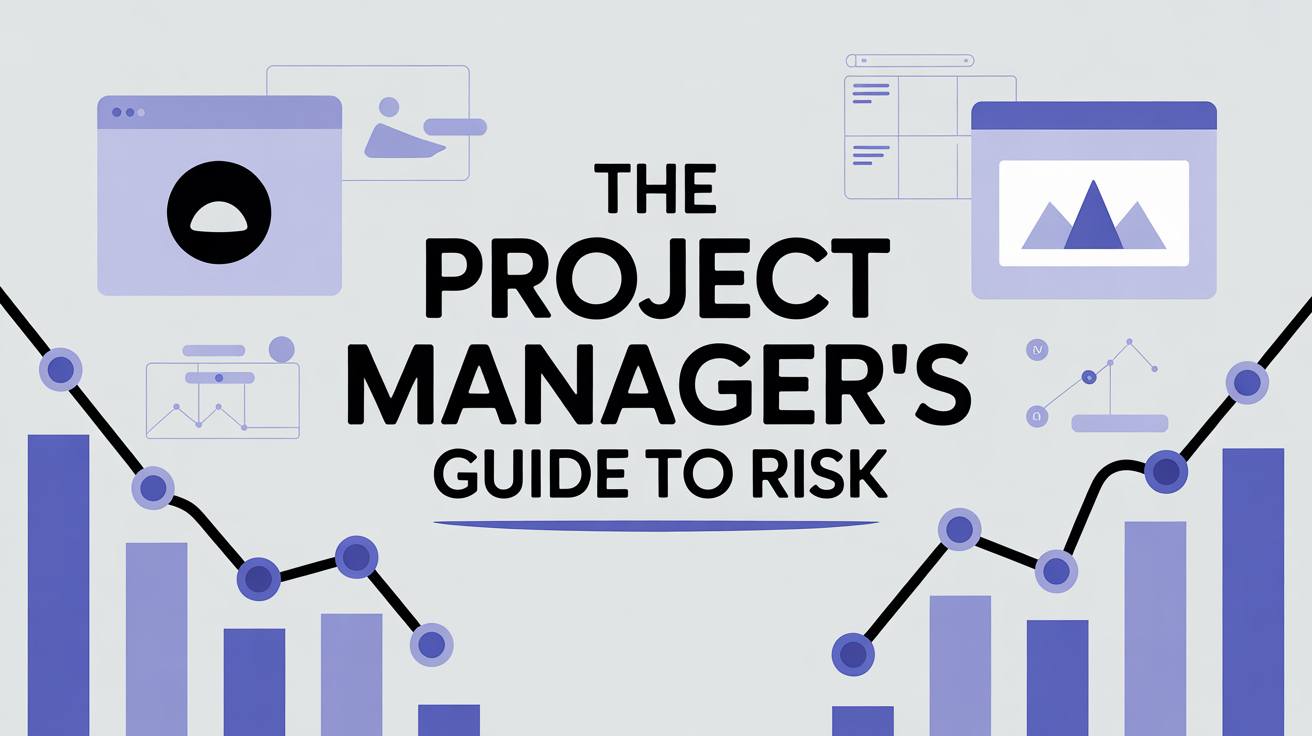In the world of project management, uncertainty isn’t just a possibility—it’s a certainty. From unexpected budget cuts to sudden technology failures, every project faces a unique set of potential challenges. Proactively managing these hurdles is what separates a successful project from one that falls short.
This is where project risk management comes in. It’s the art and science of identifying, analyzing, and responding to potential risks before they derail your hard work. This guide will walk you through the essential steps to build a robust risk management plan for any project.
What is Project Risk Management?
At its core, a “risk” is an uncertain event that, if it occurs, will have a positive or negative effect on one or more project objectives. Most people focus on the negative, but a risk could also be an opportunity—for example, a new technology emerging that could speed up your project.
Project risk management is the systematic process of identifying these risks, assessing their potential impact, and developing strategies to minimize threats and capitalize on opportunities. It’s a continuous process, not a one-time task.
The 5-Step Project Risk Management Process
An effective risk management plan doesn’t have to be complicated. It can be broken down into a simple, repeatable framework.
1. Risk Identification
This is the first and most crucial step. Gather your team and key stakeholders to brainstorm every possible risk. Don’t limit yourselves to just the obvious ones. Consider internal factors (e.g., resource allocation, team experience) and external factors (e.g., market changes, regulatory shifts).
Tip: A great way to start is by looking at past projects. If you’re just starting out, check out our guide on Building Your First Steps in Project Management: A Practical Guide for foundational insights that can help you anticipate common challenges.
2. Risk Analysis
Once you have a list, you need to understand each risk’s severity. This is typically done in two ways:
- Qualitative Analysis: Assess the probability (how likely it is to occur) and impact (the severity of its effect) on a simple scale, such as High, Medium, or Low.
- Quantitative Analysis: For high-priority risks, you can perform a deeper analysis to quantify their potential effect on your project’s schedule and budget.
3. Risk Response Planning
Now that you know what could happen and how bad it could be, it’s time to plan your response. The four main strategies for negative risks are:
- Avoid: Change the project plan to eliminate the risk entirely.
- Mitigate: Take steps to reduce the probability or impact of the risk.
- Transfer: Shift the risk to a third party (e.g., through insurance or outsourcing).
- Accept: Acknowledge the risk and do nothing, but have a contingency plan in place.
4. Risk Implementation and Monitoring
Your plan is only as good as its execution. Assign a “risk owner” to each high-priority risk who is responsible for monitoring it and implementing the response plan if needed. This step is about vigilance and proactive action. It’s also where you can apply some of the principles we discussed in our blog on 7 Smart Ways to Track Project Success, using similar tracking methods to monitor potential threats.
5. Risk Review and Control
As your project progresses, new risks will emerge and existing ones will change. Regularly review your risk register during team meetings. What was a minor risk in the beginning could become a major one later on. This continuous process ensures your project remains on track.
Common Project Risks and How to Mitigate Them
To help you get started, here are a few of the most common risks you’ll encounter and practical mitigation strategies:
Scope Creep
Risk: The uncontrolled expansion of a project’s requirements.
Mitigation: Define a clear, detailed scope at the start and implement a formal change control process.
Resource Unavailability
Risk: Key team members or essential equipment are unavailable when needed.
Mitigation: Build a detailed resource management plan and identify backup resources in advance.
Budget Overruns
Risk: Project costs exceed the planned budget.
Mitigation: Include a contingency reserve in your budget and monitor spending in real-time.
External Dependencies
Risk: Reliance on third-party vendors or external factors causes delays.
Mitigation: Identify backup vendors and build buffer time into the project schedule.
Effective risk management isn’t about avoiding all problems; it’s about being prepared for them. By integrating this systematic process into your project workflow, you’ll be well-equipped to face uncertainty and deliver a successful outcome.








